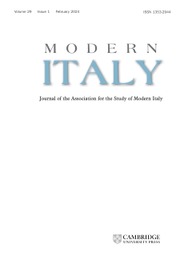The Holocaust and the Germanization of Ukraine
The German invasion of the Soviet Union during the Second World War was central to Nazi plans for territorial expansion and genocidal demographic revolution. To create 'living space', Nazi Germany pursued two policies. The first was the systematic murder of millions of Jews, Slavs, Roma, and other groups that the Nazis found undesirable on racial, religious, ethnic, ideological, hereditary, or behavioral grounds. It also pursued a parallel, albeit smaller, program to mobilize supposedly Germanic residents of Eastern Europe and the Soviet Union - so-called Volksdeutsche or ethnic Germans - as the vanguard of German expansion. This study recovers the intersection of these two projects in Transnistria, a portion of southern Ukraine that, because of its numerous Volksdeutsche communities, became an epicenter of both Nazi Volksdeutsche policy and the Holocaust in conquered Soviet territory, ultimately asking why local residents, whom German authorities identified as Volksdeutsche, participated in the Holocaust with apparent enthusiasm.
- A new contribution to scholarship on local collaboration in the Holocaust in the Soviet Union
- Provides a detailed analysis of the motivations of Holocaust collaborators from the Soviet Union
- Draws on wartime and postwar records from both Germany and the Soviet Union
Reviews & endorsements
"Meticulously analyzing the interactions between ethnic Germans and the SS murder troops in Transnistria, Eric Steinhart shows how Nazi rule turned neighbors into mass murderers. The Holocaust and the Germanization of Ukraine is a fascinating and yet disturbing inquiry into one of the least researched areas of the Holocaust, well written and based on a huge amount of newly discovered archival sources - an outstanding model of a micro-history."
Thomas Kühne, Clark University
"Clearly written and argued, and based on new archival research, this is an important book for scholars of the Holocaust, eastern European and Soviet history, and twentieth-century Europe."
Wendy Lower, Claremont McKenna College
"This book is a thoroughly researched and well-organized study of the Holocaust and Nazi German occupation policies in the southern Ukraine region called Transnistria by the Romanians who joined in the invasion of the Soviet Union in 1941 … Highly recommended. Most levels/libraries."
Choice
'This excellent micro-history is based on the author’s Ph.D. thesis, which received the 2011 Fritz Stern Prize from the Friends of the German Historical Institute for best doctoral dissertation written in North America on German history … Steinhart conveys the results of an impressive amount of artfully conducted research, and his lean and muscular prose is a model of clarity and efficiency. His book deserves to be widely read.' Dan McMillan, Holocaust and Genocide Studies
'Steinhart has provided a meticulously researched case study that combines new approaches to Germanization and genocide. … Steinhart does not fall back on easy explanations, but he provides a compelling argument that shows how motives for murder changed over time in one major site of the Holocaust.' Winson Chu, The Journal of Modern History
'Steinhart has written an engaging, highly illuminating study of the relationship between the ideologues of the Third Reich and the complex reality they encountered on the ground as they attempted to remake eastern Europe into a racially ordered imperium founded on genocide.' Paul Moore, H-Nationalism
Product details
February 2015Hardback
9781107061231
276 pages
229 × 152 × 25 mm
0.52kg
10 b/w illus.
Available
Table of Contents
- Introduction
- 1. From privileged to persecuted: the Black Sea Germans, 1800–1941
- 2. Sonderkommando R: the men and women who made Germans and created killers
- 3. Establishing Nazi rule in Transnistria
- 4. The mass murder of Transnistria's Jews, December 1941–April 1942
- 5. The Volksgemeinschaft in Transnistria, 1942–4
- 6. The Black Sea Germans and the Holocaust
- Conclusion.

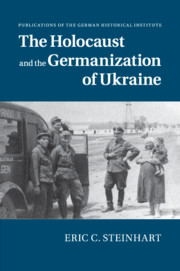
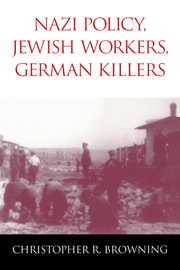
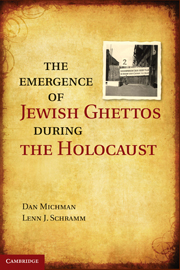
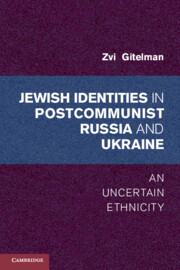

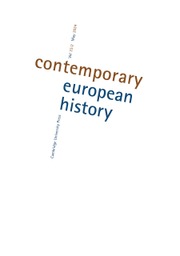
.jpg)
.jpg)
